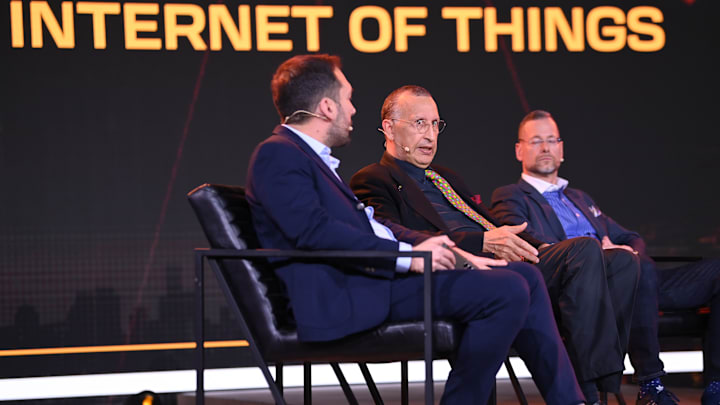If you spend a lot of time reading about technology, you’ve likely heard the term Internet of Things (IoT) quite a bit, and you’re likely to hear even more about it in the years to come, but what exactly is it and what can it do for you? Keep reading, and we’ll explain.
What is the Internet of Things?
The Internet of Things is a term used to describe all the physical objects equipped with sensors, software, Wi-fi, and other technologies that they use to communicate with different objects and systems over the Internet. These interconnected devices can collect and share data, which allows for automation, improved efficiency, and more.
Key Components of IoT
Devices and Sensors
IoT devices range from simple sensors to complex machines that collect data from the environment, including temperature, heart rate, speed, humidity, and much more.
Connectivity
Devices that fall into the Internet of Things category need a way to communicate with each other to share the data they collect, so they will have Bluetooth, wi-fi, a cellular network connection, or a more specialized method of communication like Zigbee built in.
Data Processing
Internet of Things devices will also need to process the data they collect, so they will have an onboard processor or utilize cloud computing to do so. The processing can involve real-time suggestions or analysis or storing the data for later.
User Interface
Naturally, you will need a way to interact with and control your Internet of Things device so it will have a user interface that allows you to input commands. This interface can be an onboard mechanism, like a screen or buttons, and it can also be an application on your smartphone or computer.
What Can I Use IoT For?
Smart Homes
IoT enables you to remotely control smart devices like thermostats, security alarms, lights, and more. They’re convenient, reduce energy bills, and improve safety.
Healthcare
IoT devices like wearable fitness trackers and smart medical devices allow you to monitor your or a loved one’s health in real-time and even call a medic if needed, which can have life-saving results.
Transportation
IoT devices can help improve transportation through smart traffic management, vehicle-to-vehicle communication, and onboard diagnostic systems
Challenges and Considerations
- With more devices connected to the internet, the potential for cyberattacks increases.
- Different devices and systems need to work together seamlessly, which can be challenging due to varying standards and protocols.
- IoT deployments must comply with regulations and address ethical concerns related to data privacy and usage.
Follow Geeksided to leave comments, ask questions, and join in with the fun!
